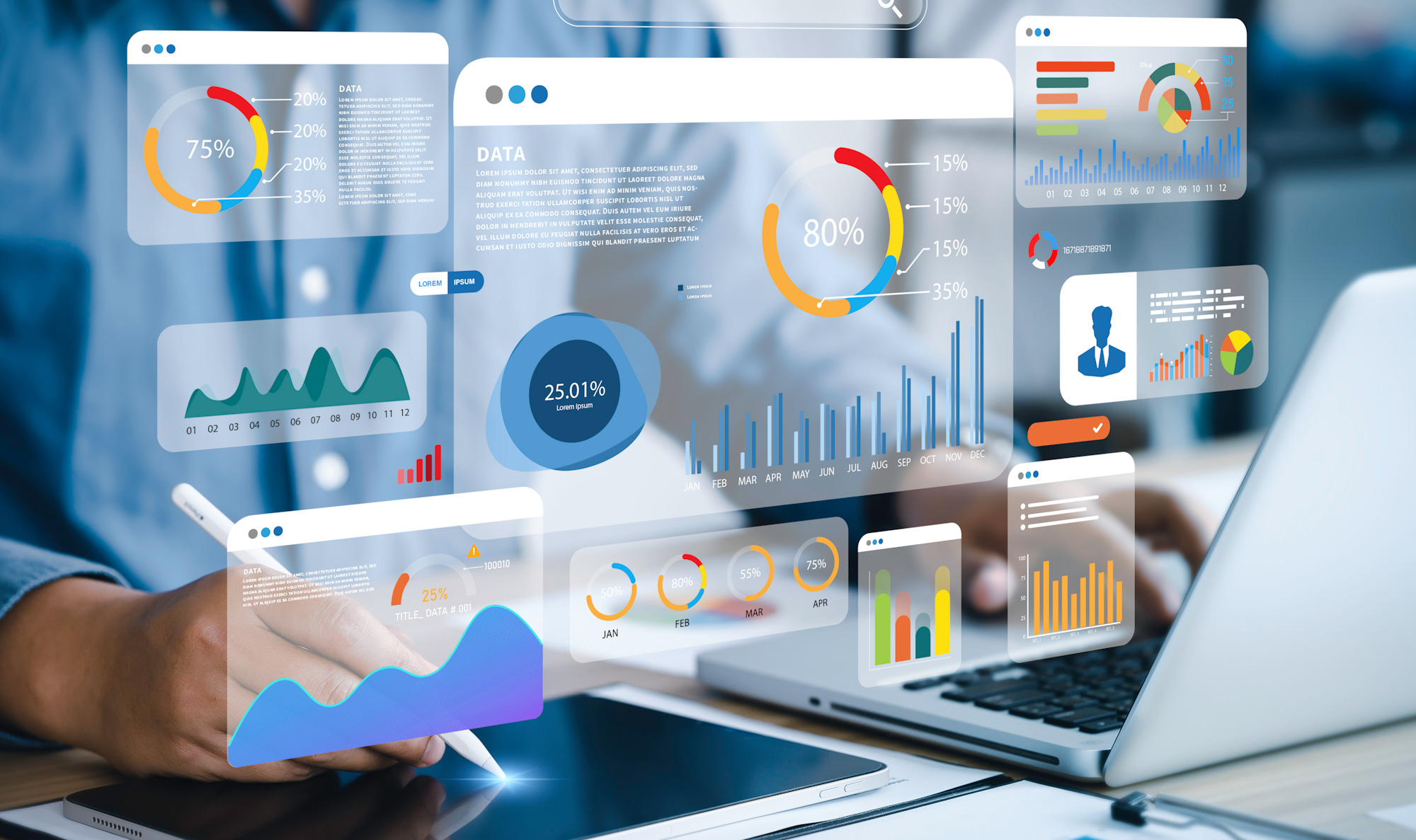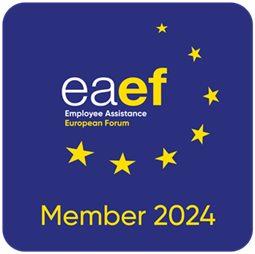In today’s data-driven world, even employee well-being programs need to leverage the power of information. Employee Assistance Programs (EAPs) are no exception. By utilizing data analytics, EAPs can gain valuable insights into employee needs, program effectiveness, and ultimately, improve the overall well-being of the workforce.
Beyond Utilization Rates: Unveiling the “Why” Behind the Numbers
Traditionally, EAP success has been measured by basic utilization rates – how many employees are accessing services? While important, this metric offers a limited view. Data analytics allows us to delve deeper.
Here’s how:
- Identifying Trends: Analyzing program usage data can reveal trends in the types of concerns employees are facing. This allows EAPs to adapt their services and resources to better address emerging needs, such as increased stress due to workload changes or anxiety surrounding company restructuring.
- Targeted Outreach: Data insights can help identify departments or demographics with lower program utilization. This allows for targeted outreach campaigns to educate these groups about the EAP’s offerings and encourage help-seeking behavior.
- Measuring Program Impact: By tracking employee well-being data before and after EAP intervention, EAPs can demonstrate the program’s positive impact on key metrics like absenteeism, presenteeism, and employee satisfaction.
Privacy and Security: A Top Priority
It’s crucial to remember that data privacy and security are paramount when dealing with sensitive employee information. EAPs utilizing data analytics must ensure strict adherence to all relevant data privacy regulations.
The Power of Collaboration
Data analytics can also foster collaboration between EAPs and HR departments. By sharing anonymized data insights, both teams can work together to create a more holistic approach to employee well-being, addressing not only individual needs but also potential workplace factors contributing to employee concerns.
The Future of EAPs: A Data-Driven Approach
By embracing data analytics, EAPs can move beyond a reactive stance to become proactive forces for employee well-being. This data-driven approach allows for continuous improvement, ensuring that EAPs remain relevant, accessible, and effective in addressing the evolving needs of the modern workforce.
Ready to unlock the power of data? Explore how data analytics can transform your EAP into a vital tool for creating a healthier and happier workplace for your employees.



